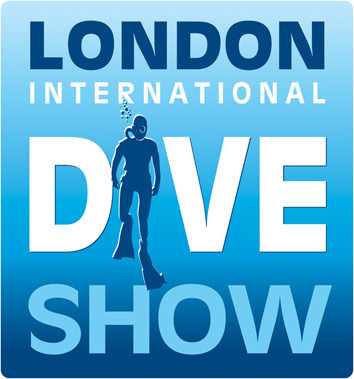A group of volunteer divers, led by Mark Milburn, went out into Falmouth Bay yesterday to release seven hundred juvenile lobsters for the National Lobster Hatchery.
Their chosen location was just off of Rosemullion Headland. Diving in two groups, Mr Milburn dived with the first group, they descended and released around half the lobsters. They then headed along the reef to do a little exploring. It wasn’t long before they came across a piece of net, standing 4-5m from the sea bed. They then realised that it continued a long way and was stretched across the reef. Within a few metres they came across some spider crabs, caught in the net, they started to cut the crabs free. Once they had released the crabs, placing them some distance away, they continued along the net. The net had dozens of spider crabs, brown crabs and lobsters trapped along it’s length, stretching out for over one hundred metres across the reef. The divers left a surface marker buoy in place for the second group to locate the net. The first group thought it was going to be a very dangerous operation to remove the net, the nest group could offer a second opinion about potentially removing the net. The first group headed for the surface, where their boat came to collect them. They dropped a buoyed anchor by the surface marker buoy, which was then recovered.
While the second group was kitting up, a local fisherman, Tim Bailey came across to see if the representative from the National Lobster Hatchery was on board. She hadn’t gone out on the boat but had returned to the hatchery in Padstow. Mr Milburn told Mr Bailey of the net, explaining it’s size and direction as best he could from what he had seen. Mr Bailey offered to help recover the net using his mechanical hauler aboard his boat. It would be a lot safer than divers trying to do it. The second group entered the water and descended down the buoyed anchor line. Once they reached the sea bed, they released the rest of the baby lobsters, they then tied the anchor to the rope of the net. Once they competed they dive, Mr Bailey picked up the buoyed line and attached it to his hauler.
Four of the divers went aboard Mr Bailey’s boat to help bring the net aboard. For over thirty minutes they pulled and hauled at the net, slowly dragging it aboard. Eventually they managed to bring the whole net aboard, with an estimated length at well over one hundred metres. Once back at harbour, more fishermen came to help Mr Bailey with the disposal of the net. How many creatures it has caught and killed will never be known, it won’t be able to kill any more.








